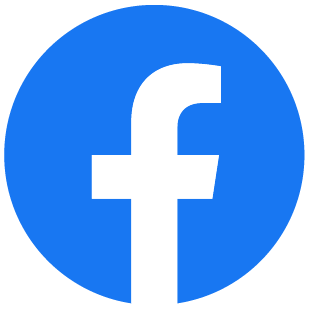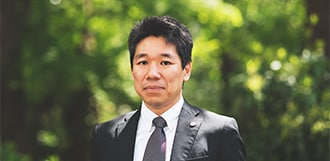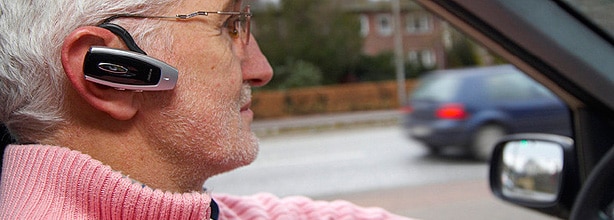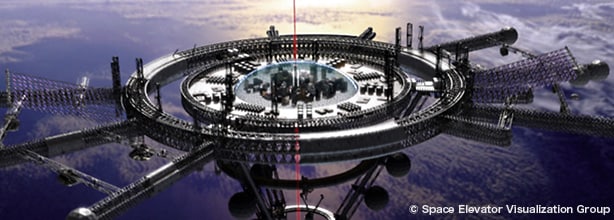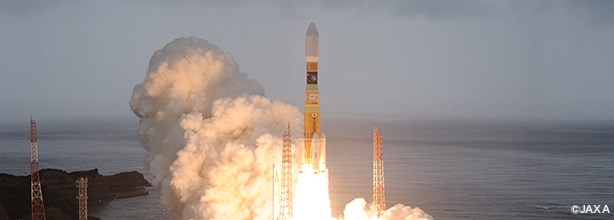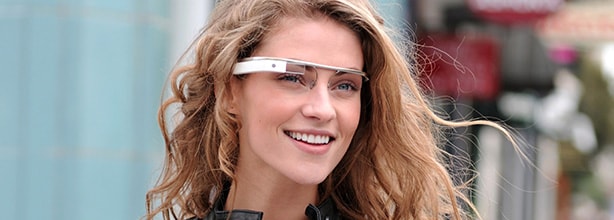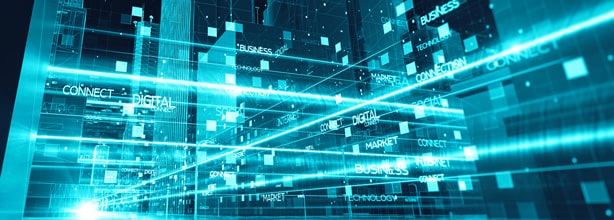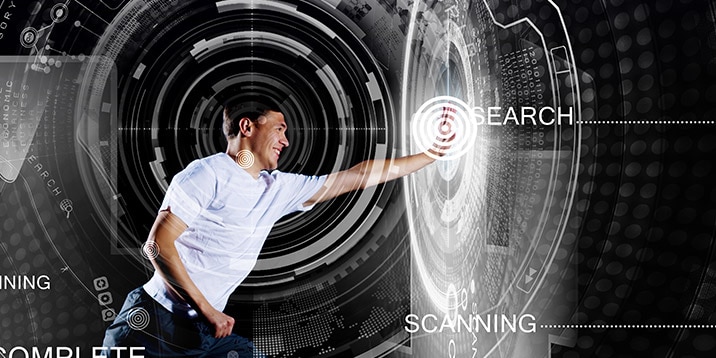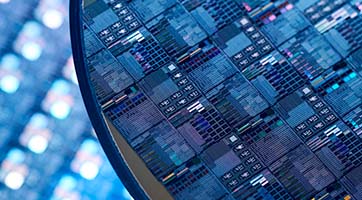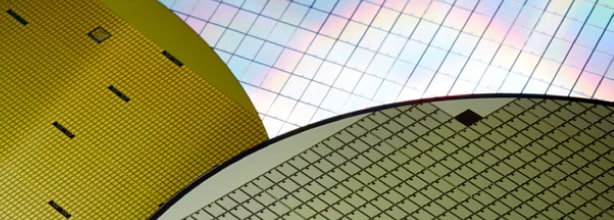
- Semiconductor Technology Now
Expert Interview
Telescope Magazine: I imagine your team regularly comes up with a lot of ideas, but how do you sift promising ones from the rest?
Dominic Audet: Of the two directors I mentioned earlier, the creative director speaks for the client, the public, and Moment Factory, while the multimedia director defends the ideas and concepts. The creative director knows the client and the public well and thinks on a strategic level, whereas the multimedia director is thoroughly committed to maintaining high quality of the concept and its creative executions. The balance between the two directors steers the course of the project, and decisions are made organically based on their interaction. Our decision-making does not follow a set format; it's a very human process.
Telescope Magazine: Does a director ever say, "Oh, we've done that before, let's take a different approach this time"?
Dominic Audet: Yes, very often. It's a big part of the challenge. We try to reinvent ourselves every time. For back end tasks, we have built an arsenal of software tools that may be used time and again. But the front end that gets exposed to the audience must always look completely new and different, and we use every tool at our disposal to create that impression. Our library of tools enables diverse effects that streamline our creative process and maximize its effectiveness, but where creative expression is concerned, we try never to do the same thing.
Telescope Magazine: Artists and creators are like craftsmen, so it makes sense to put all the tools you have developed into a library to improve their work efficiency. Is that a trick you have learned through experience?
Dominic Audet: Yes. Balancing creativity and efficiency is an eternal challenge. We build something new while making the most of our past success. We constantly hire new people and expand our fields of expertise, and the type and complexity of our projects are growing, too, so we keep learning more about life and profession.
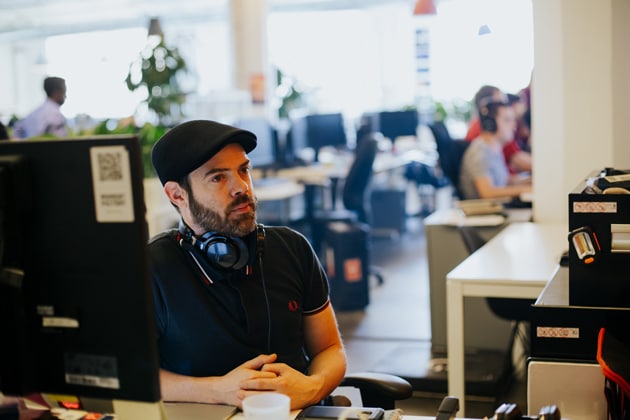 |
Telescope Magazine: Let's talk about your proprietary operating system for creation.
Dominic Audet: You mean X-Agora? I would call it a live entertainment operating system, and any software innovations from Moment Factory can be embedded in this platform. Moment Factory has a number of R&D projects, from which the prototypes of our new technologies are developed. Once a prototype has been proven to work well on X-Agora, we test it further through a workshop program. Then we send it to the executive team to decide whether or not to productize it. Development of a real-world application involves recoding it from scratch, as well as putting the work on the quality assurance process and adding it onto the project roadmap. Moment Factory has developed a fair number of software applications through this process, so we are very good at software innovations.
Telescope Magazine: Do you use a different development process for hardware?
Dominic Audet: With hardware, we focus on "hijacking" or tweaking existing technologies for use in live entertainment. Most of the innovations seen in the entertainment industry today are in the virtual domain, such as on-screen or virtual reality (VR) content. But we are not after something that only occurs inside VR goggles; rather, we want people to connect together through augmented reality (AR). So we are adapting the core technologies of such hardware as VR systems, game consoles, and smartphones, etc. for our specific purposes. For example, we use smartphones not as a display device but as a controller. And we apply VR technology on a transparent screen as AR.
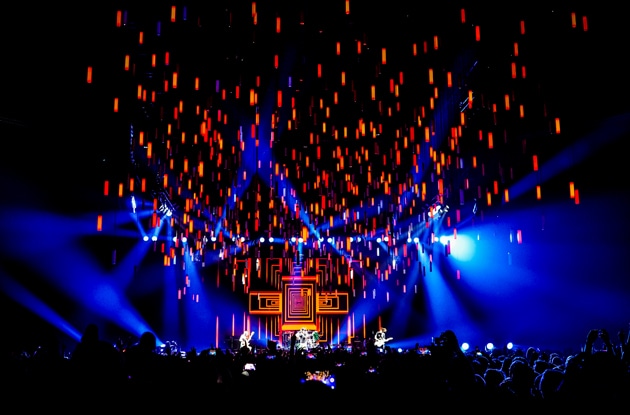 |
Telescope Magazine: How do the R&D and workshop programs work?
Dominic Audet: Our R&D program has four axes: move, track, connect, and mix. "Move" refers to detecting the human body and engineering graphics that respond to the bodily movements. "Track" is about recognizing a 3D space and the moving objects inside that space. "Connect" is about IoT (Internet of Things) that connects various devices and communications, assembling data and applying action to them using AI. "Mix" refers to the use of AR, or rather "mixed reality" as we call it at Moment Factory, which combines audiovisual, projection mapping, sound, lighting, video, and special effects.
Telescope Magazine: That clearly outlines the direction Moment Factory's technologies are headed.
Dominic Audet: We also have two experimentation programs, because experimenting with no fear of failure is critical to R&D. One is the prototyping experiment studio I mentioned earlier, and the other is the workshop we hold twice a year, where we test the software technologies that came out of the "move," "track," "connect," and "mix" initiatives. We invite some 200 people to the workshop, including our staff, friends, and family, to test the new technologies. Half of it works, and the other half fails. Actually, the failure is the point. It leads us to find how to fix the failures, or becomes a point of innovation for the next workshop. Successful applications are productized and used in actual projects.
Telescope Magazine: So, R&D is not a department with dedicated staff but rather a company-wide thing?
Dominic Audet: That's right. During the 16-year history of Moment Factory, our R&D operations have undergone several phases. We had a dedicated team at one time, but we disbanded it five years ago, because they began to develop technologies for developers' sake, and their work became increasingly disconnected from the reality of the project. Today, we only have three people who work fulltime in R&D, and the actual R&D tasks are carried out by the entire company.
Telescope Magazine: So it's fair to say the workshop has become a regular corporate event, and your people are looking forward to it as a testing ground for new technologies?
Dominic Audet: The theme of the workshop changes every time. Last year we did a lot of big parties. Earlier this year, we held a workshop called Connected Factory, which simulated the tour of the company using an innovating installation. And the theme for our next workshop is Game Theater. Gamification (the application of game-design elements in non-game contexts) is becoming a popular trend, as is evident in some live-action gaming (with live images superimposed on computer graphics). The workshop is kind of a pure creation and innovation without the client limitation. It is basically an event for ourselves, where we explore the needs of the future clients by exercising our creativity to the fullest extent. It has everything to do with the vision of Moment Factory. It gives us all a chance to express ourselves, both creatively and technologically.
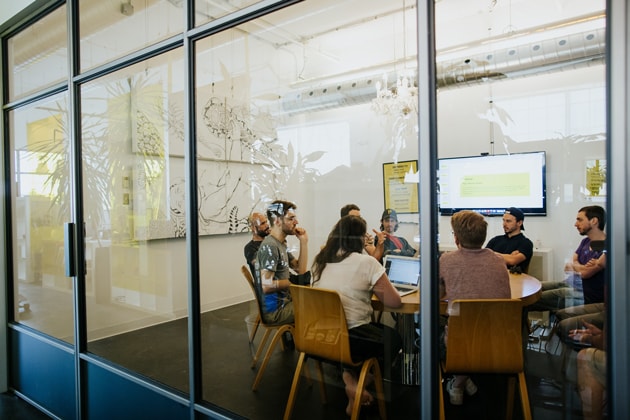 |

